NOTES WHEN USING MINISTICS??
Micronutrients affect crop yield. Although micronutrients are available in the soil, providing micronutrients to crops is still extremely necessary. The following notes will help farmers use micronutrients appropriately??
Pay attention to fertilizing micronutrients from the seed stage
When the plant germinates, the root system has not yet developed, mainly relying on nutrients in the seed for growth. Soaking seeds in micronutrient solution will have the effect of supplementing if the seed does not have enough micronutrients.
At certain periods, plants have a high demand for a certain element or need an element with a special physiological effect, called a super-crisis element. For example, plants need it for flowering and fruiting. When the plant is about to flower, it also needs fertilizer for the early stage, so that the plant can achieve higher yields.

Pay attention to micronutrient fertilization from seed
How do micronutrients affect plants??
˗ Iron (Fe): Plays an important role in the photosynthesis process of plants. Without Fe, plants cannot synthesize chlorophyll, and leaves are damaged. Iron deficiency often occurs in alkaline soil, acidic soil with low iron content, soil with poor organic matter... In addition, high phosphorus content in the soil can also reduce effective iron in the soil.
˗ Manganese (Mn): Mn deficiency mainly occurs in soil with pH from slightly acidic to neutral. Sandy soil and soil with poor organic matter are often poor in Mn. Manganese makes roots large, germinates early, flowers evenly, has a high fruit set rate, is firm and plump, and increases phosphorus absorption efficiency.
˗ Zinc (Zn): Zn is often fertilized for plants with nutritional deficiencies. Zinc sulfate (23% Zn) or zinc chelate (Zn – EDTA) can be sprayed on the leaves at the seed formation stage. The amount of Zn in the soil plays a more important role than Zn on the surface. Zn increases drought tolerance and increases the use of nitrogen fertilizer. Zinc deficiency causes a significant reduction in plant productivity.
˗ Copper (Cu): Promotes plant respiratory function and promotes the formation of vitamin A. If the soil lacks copper, it can be adjusted by applying copper sulfate or oxide. The most suitable is to spray chelate or neutral copper sulfate on the leaves of plants with nutritional deficiencies.
˗ Boron (B): The B requirement for each type of soil is very different. B can also be applied in combination with phosphate fertilizer or other multi-nutrient fertilizers. Boron helps plants increase the rate of flowering and fruiting. If there is a lack of Boron, the ovary is susceptible to rot when flowering, the base of the shoot dries up, and the leaves develop abnormally. The upper half of the leaves is yellow, olive green or yellow green, or the young fruit falls off.
˗ Molybdenum (Mo): Promotes the process of fixing and using nitrogen in the plant. Necessary for symbiotic nitrogen-fixing bacteria (Rhizobium) in legume nodules. This substance only needs to be applied in small amounts, using water-soluble sodium molybdate salt, while ammonium molybdate is suitable for foliar application.
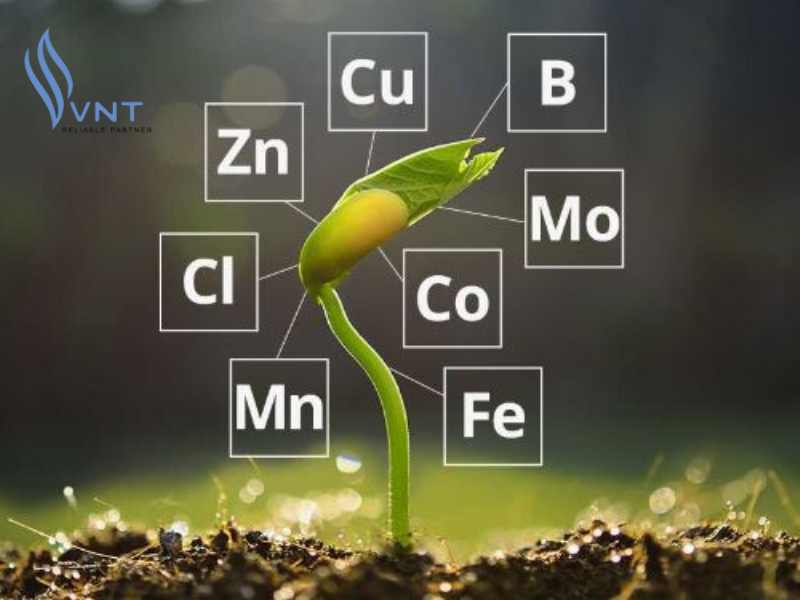
How do micronutrients affect plants?
Do not overdose on micronutrients
Too little is not good, too much is not good either. The sensitivity of plants to chemicals is very important, so it is necessary to consider when applying micronutrients. Moderate fertilization is best to achieve high yields.
After fertilizing with micronutrients, or spraying micronutrients on fruit trees for 2 consecutive years, you should stop for 1-2 years before using again. With annual crops such as rice, corn, beans, you can spray continuously for many years until you see no effect. If you apply too much micronutrients, the leaves will wilt and the plants will die, especially young plants.
If you apply too much micronutrients, it can reduce crop yields. The most sensitive crops to Zn deficiency are corn and beans, and for Fe, beans, sorghum, and soybeans.
Special care must be taken when applying B. For example, if B is applied to corn at a rate exceeding the allowable level, the corn stalks will become stunted. If too much micronutrient is applied to the soil, it can be toxic and reduce crop yield. Because Cu is a heavy metal, it should not be applied in excess of the prescribed level.
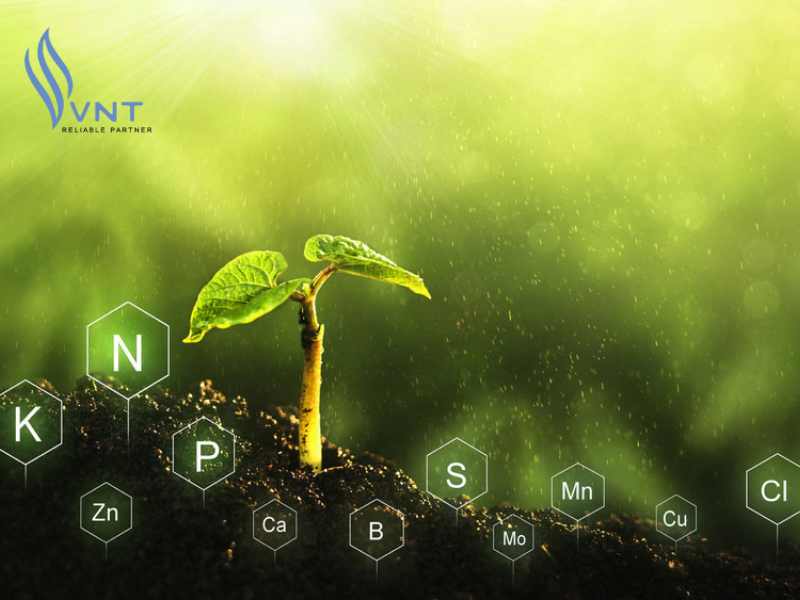
Do not overdose micronutrients
How to detect micronutrient deficiency in plants??
- Look at the appearance: Plants grow slowly, branch, branch less, leaves are small or deformed (leaves are not flat, have veins or are twisted, curled up...). Flowers fall a lot, fruits do not set, abnormal shape, large stems, there are grit and blown buds in the fruit.
- Analyze plants and soil.
- Top dressing. Based on the diagnosis of appearance, plant and soil properties, it will be determined which elements are lacking. Use the method of spraying a solution containing those elements on the leaves and then observing the phenomena after 7-10 days
Excess or lack of micronutrients greatly affects crop yield. Farmers need to pay attention to plants and soil to apply the appropriate amount of micronutrients to achieve a high crop.
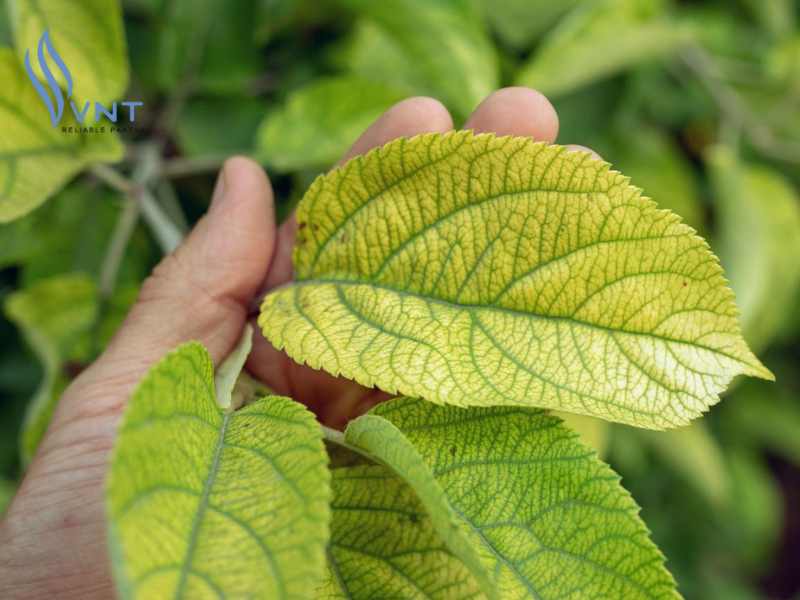
How to detect micronutrient deficiency in plants?
Above are the notes when using micronutrient fertilizers. Hopefully the article brings readers the most useful information.
VNT provides all kinds of micronutrient fertilizers, fertilizers and chemicals. With many years of experience in distributing fertilizers and chemicals, VNT commits to reputable quality and the most preferential prices nationwide.



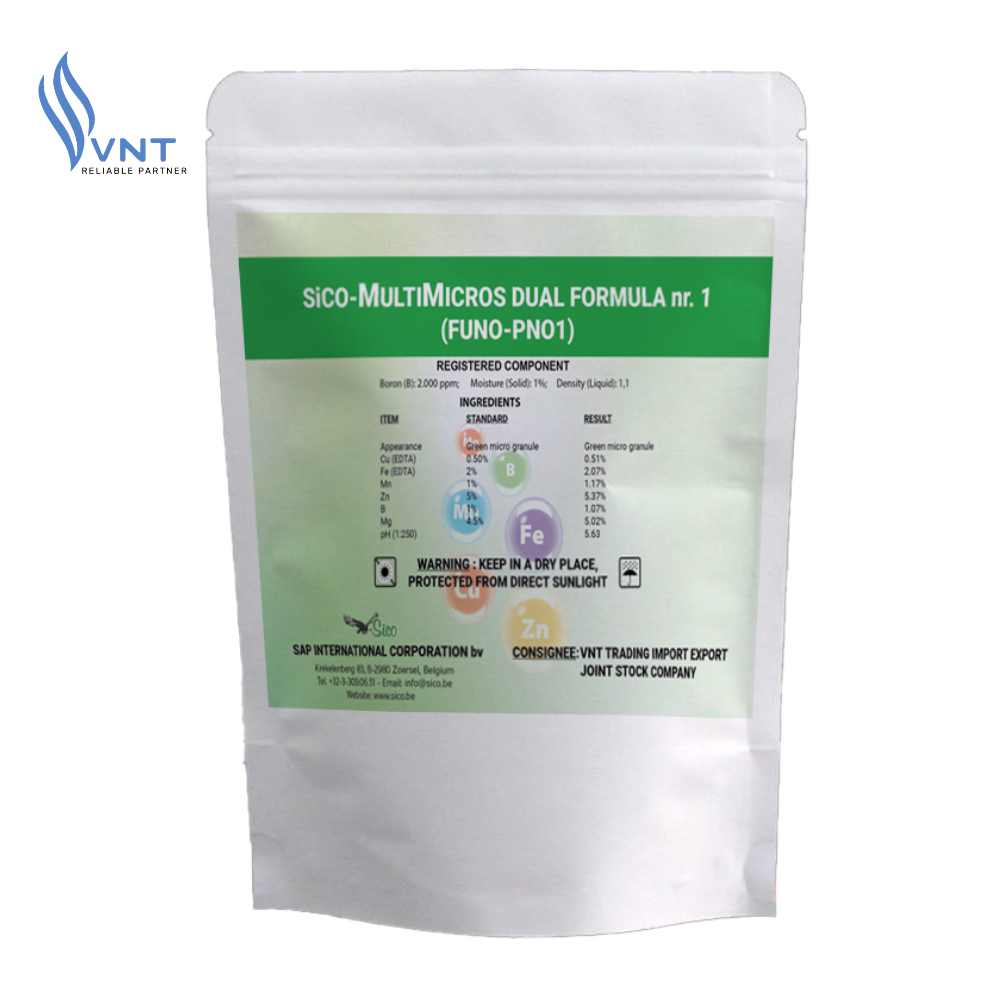
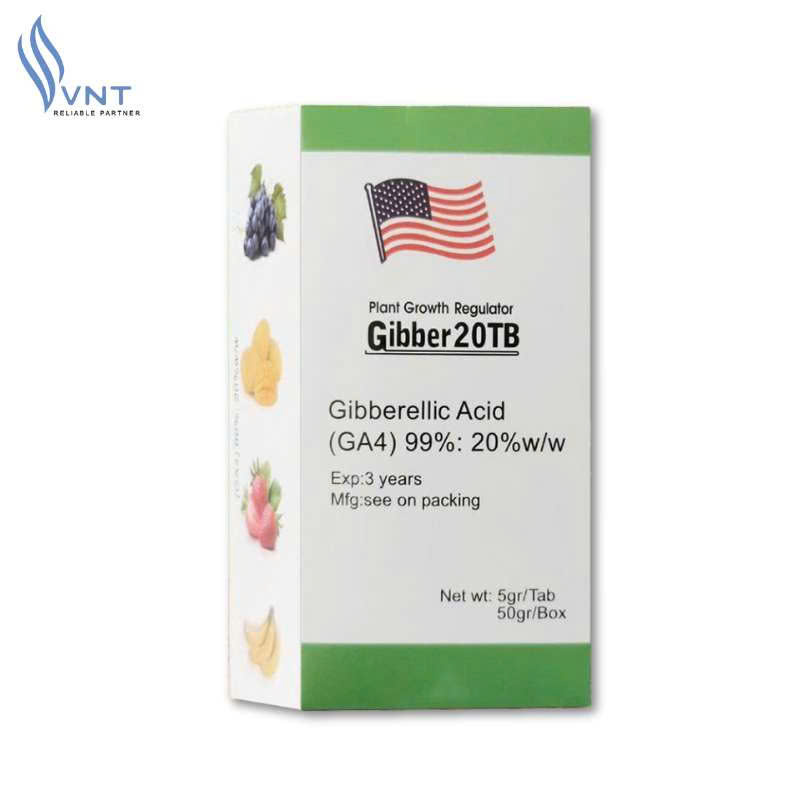
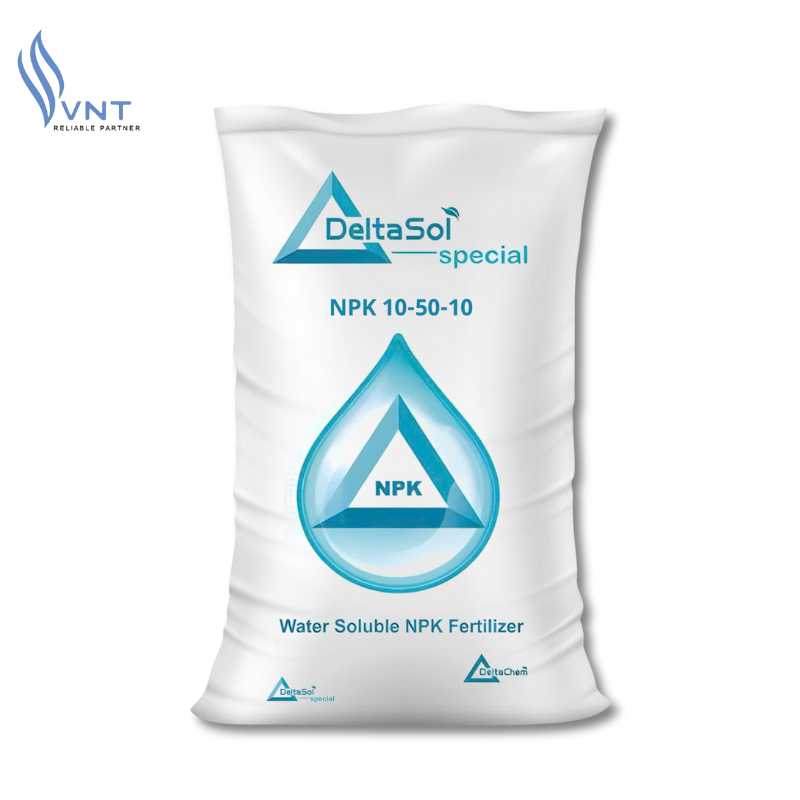
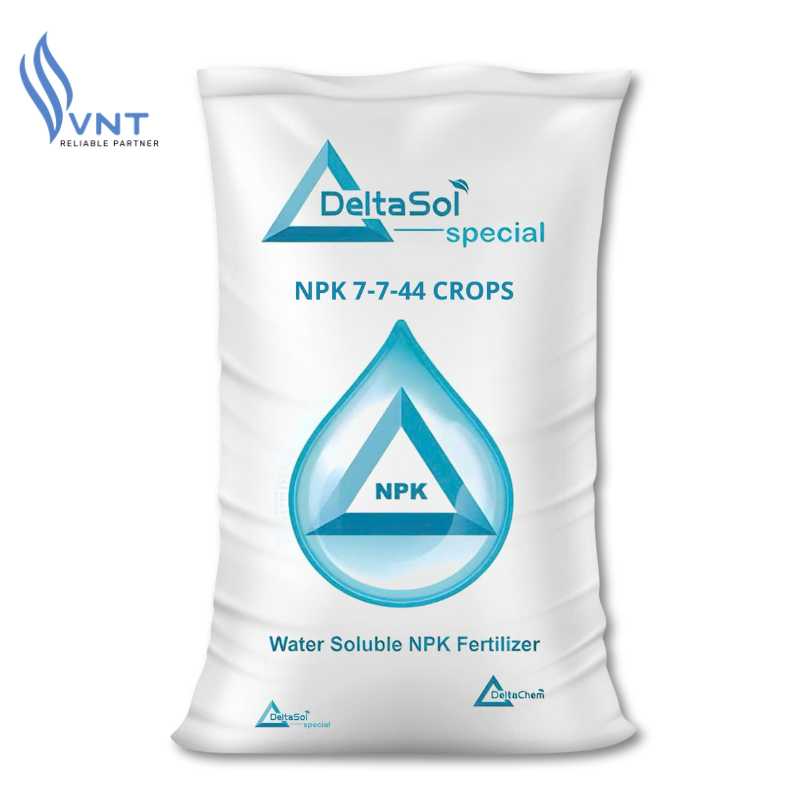
![[Q&A] How Long After Applying NPK Fertilizer Can You Eat Vegetables?](https://vntradimex.com/public/files/news/bon-phan-npk-cho-rau-bao-lau-thi-an-duoc-685e204cde416.jpg)

![[SHARE] How to use NPK fertilizer properly that everyone should know!](https://vntradimex.com/public/files/news/cach-dung-phan-bon-npk-dung-cach-682c46ab907d2.jpg)




